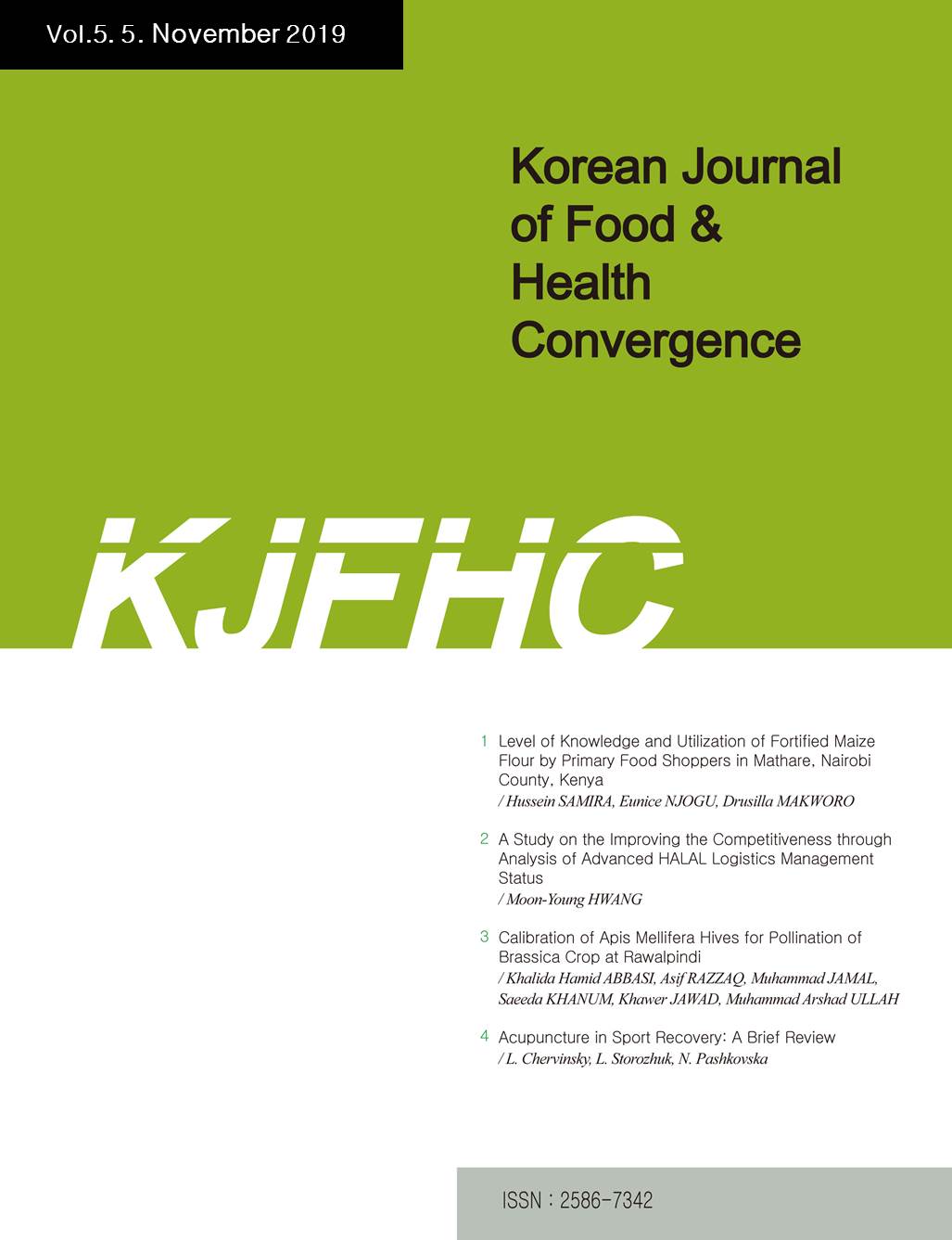 E-ISSN : 2586-7342
E-ISSN : 2586-7342
Vol.10 No.2
Abstract
This study aims to investigate the impact of character collaboration product characteristics on brand awareness and purchase intention within the food and beverage (F&B) industry, with a special focus on Generation MZ's growing interest in such products. The methodology involves a comprehensive review of existing literature on character marketing, brand awareness, and consumer purchase intention, supplemented by case studies of successful character collaborations in the F&B sector. The findings reveal that character collaborations significantly impact brand awareness and purchase intentions, particularly among younger consumers like Generation MZ. These collaborations not only rekindle nostalgia but also introduce new and exciting consumer experiences, effectively attracting a wide demographic. The success of character-themed products, from Pokémon bread to Coca-Cola's League of Legends collaboration, underscores the strategy's effectiveness in boosting brand recognition and consumer engagement. The implications of this research are manifold for the F&B industry. Firstly, it highlights the importance of leveraging popular characters to forge emotional connections with consumers. Secondly, it suggests that product development should closely align with consumer preferences and market trends to maximize appeal. Lastly, it positions character collaboration as a strategic marketing tool that not only enhances product sales but also strengthens brand loyalty and facilitates sustained brand growth.
Abstract
Glutathione (GSH) is a vital compound composed of glutamic acid, cysteine, and glycine, crucial for cellular functions including oxidative stress defense and detoxification. It has widespread applications in pharmaceuticals, cosmetics, and food industries due to its antioxidant properties and immune system support. Two primary methods for GSH synthesis are enzymatic and microbial fermentation. Enzymatic synthesis is efficient but costly, while microbial fermentation, particularly using yeast strains like Candida albicans, offers a cost-effective alternative. This study focuses on genetically modifying C. albicans mutants, specifically targeting glutathione reductase (GLR1) and gamma glutamylcysteine synthetase (GCS1) genes, integral to GSH synthesis. By optimizing these mutants, the research aims to develop a model for efficient GSH production, potentially expanding its applications in the food industry.
Abstract
Oxygen is necessary to sustain life, but reactive oxygen species (ROS) produced by oxygen metabolism can cause mutations and toxicity. ROS can damage cellular macromolecules, leading to oxidative stress, which can accelerate cell death and aging. ROS generated in food affect the taste, color, and aroma of food, and high levels of ROS in meat can cause spoilage. Superoxide dismutase (SOD) plays an important role in scavenging ROS in food and reducing their toxicity to organisms. SOD exerts its antioxidant effect by catalyzing the breakdown of O2-• to H2O2. As a natural antioxidant, SOD has the ability to regenerate and maintain its activity over a long period of time without depletion, unlike chemical antioxidants that may have side effects or stability issues. This antioxidant effect of SOD has great potential in a variety of industries, and in the food industry it can be utilized to improve product quality and provide safe and healthy products to consumers. By disrupting the SOD2 and SOD3 genes in Candida albicans, we studied the effects of SOD2 and SOD3 genes on the antioxidant system, suggesting its potential as a natural antioxidant.
Abstract
This study surveyed 171 police officers working in Jeollabuk-do to investigate their first aid knowledge and the need for education. The results showed that the correct answer rate for first aid knowledge among police officers was 75.61 points out of a possible 100 points. Additionally, 98.8% of respondents indicated a need for first aid training, expressing a preference for 2-hour sessions integrated with their work education. There was a statistically significant difference in the correct answer rate for first aid knowledge based on education level and experience in emergency situations, but no significant difference in the need for education was observed across respondents. The significance of this research lies in its provision of foundational data for first aid education among police officers, which can be instrumental in developing training programs and policies aimed at enhancing their first aid capabilities. Specifically, the study contributes to improving the effectiveness of police officers' responses in emergency situations by offering concrete suggestions on the content, method, and duration of first aid training. These findings underscore the necessity and importance of providing comprehensive and effective first aid training not only to police officers but to all first responders, emphasizing that such training is crucial for ensuring public safety
Abstract
This study aims to investigate whether information awareness, search purpose, and search expectations influence information avoidance among university students. The data were collected by using a self-completion questionnaire with convenience sampling of students from one university. The collected data were analyzed by descriptive statistics, t-test, analysis of variance (ANOVA), Pearson’s correlation coefficient, and multiple regression using R 4.2.3. The main results are as follows: First, both search purpose and search expectations exhibited a significant inverse correlation with all information avoidance dependent variables. Second, there was a significant difference in the mean of search expectations across majors, such that science majors had higher search expectations than humanities majors. Third, there were significant differences in the means of the information avoidance-system and information avoidance variables by major, such that both variables had lower means for the science than the humanities group. Fourth, among the independent variables, search expectation had a significant effect on information avoidance-personal: the higher the search expectation variable, the lower the information avoidance-personal variable. This study confirmed that information avoidance should not only consider the psychological, emotional, and affective aspects of information seekers, but also that information seekers’ information search purpose and search expectations are predictors of information avoidance.
